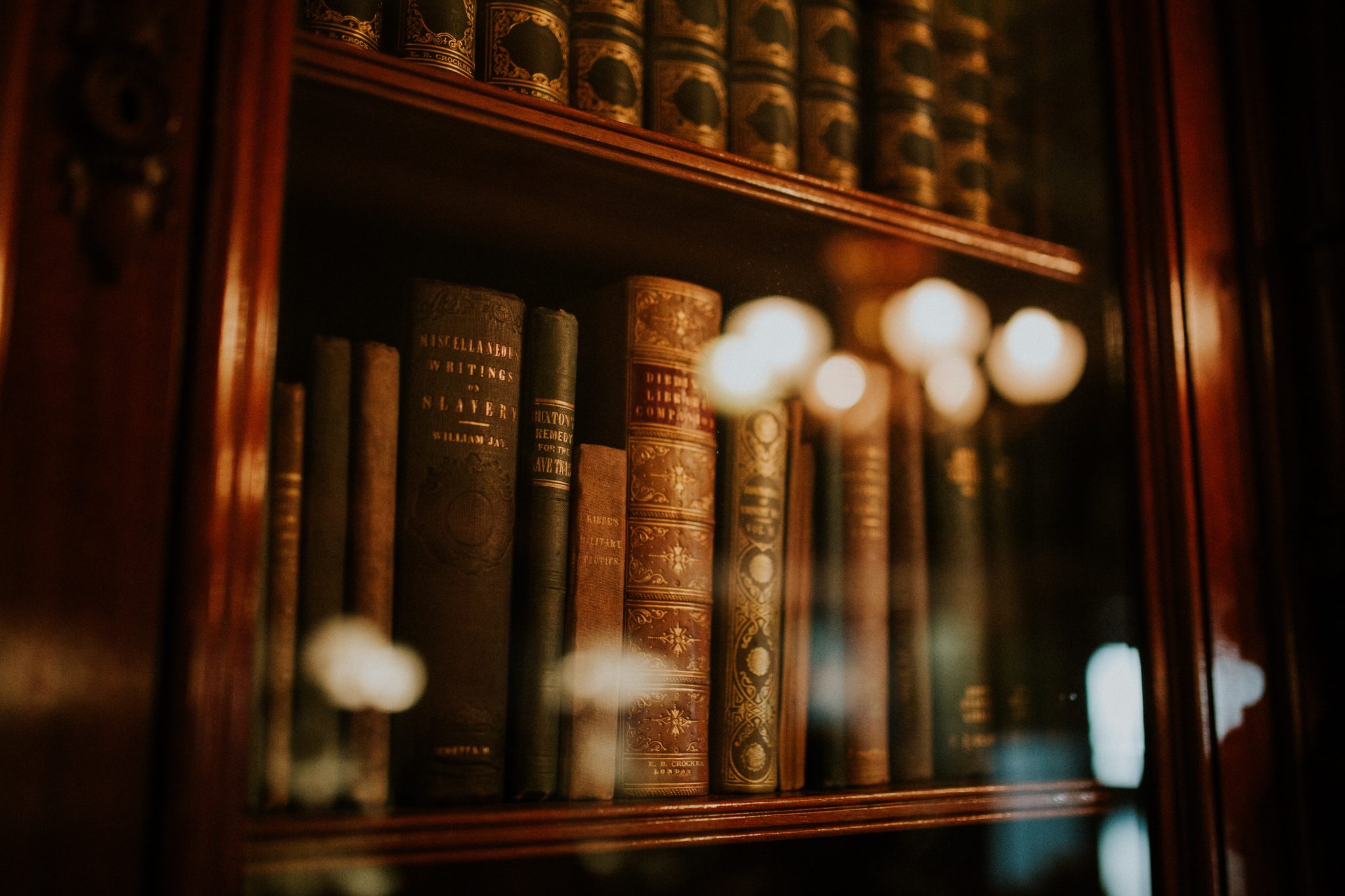Electricity is among the peskiest expenses incurred by homeowners each month. With a huge bunch of equipment and appliances depending on electricity these days, every little step you take to minimize energy-spending goes a long way in saving money. With this said, home lighting is one of the areas you can target to keep your spending on energy low. It all starts with the kind of home lighting options you choose and how you utilize them.
In this piece, we shall look at six tips on how to save money by choosing the perfect lighting options for your home.
1. Get Energy-Efficient Bulbs
The first rule of thumb when selecting lighting for your home is picking the right bulbs. You want to pick bulbs that produce just the right amount of illumination without consuming a lot of energy. In this respect, in this case, you will want to weigh your options between the following:
- Halogen Incandescent bulbs
- Compact Fluorescent Light bulbs
- Light Emitting Diode bulbs (LED)
All these are perfect choices for saving energy compared to using traditional light bulbs. While the halogen bulbs are about twenty percent more energy-efficient, CFLs can help you save seventy-five percent or more energy compared to their traditional counterparts. The case is the same with LEDs; only that they last longer and perform much better than CFLs.
Just make sure you understand which bulb is best for which area or space in your home as you upgrade to energy-efficient bulbs. Also, you may need to change your fixtures too, which brings us to the next important point.
2. Upgrade the Light Fixtures
Your lighting fixtures are incredibly important when thinking of money-saving options for your home lighting. Lighting fixtures exist in all shapes, colors, designs, and sizes. You can choose the ideal option depending on the space where it will be placed and the purpose of your lighting. Just to name a few, some of the most common types of lighting fixtures include:
- Ceiling Lights
- Floor Lamps
- Chandeliers
- Wall Sconces
- Table Lamps
- Recessed Lighting
In many cases, the fixtures and light bulbs go hand in hand. If your home has high ceilings, you may need a few high-bay lights to ensure adequate and uniform illumination. The best part is that they come in numerous options to choose from. When picking a high bay light fixture, always look out for the wattage and bulb type. As we saw earlier, LED versions are the best when it comes to saving energy.
3. Maximize Natural Light
During the day, it makes no sense to keep all your indoor lights on in all the rooms. Maximizing daylight penetration into your home can be a great way to keep it warm and welcoming. This is why many homeowners prefer large and wide glass windows. Here, all you have to do is keep the curtains and blinds open in the daytime when you need some natural illumination. You could also consider installing skylights on one or some parts of the roof.
4. Go for Solar Tubes
If your house is big and has fewer windows, you may not get enough natural light during the day. If such a problem occurs in hallways or frequently-used rooms, installing a solar tube can be a great solution. The metallic daylighting device takes a tube structure and contains reflective material that captures sunlight rays, directing them to a diffusing fixture located on the ceiling.
Solar tubes are better than skylights because they can supply natural light down to your interior rooms. The initial investment could pinch but it will reward your interior with a good dose of sunlight for many years to come.
5. Consider Automated Lighting
Home automation is all the rage these days, and for a good reason. Apart from adding luxury and convenience, home automation systems can help reduce your energy spending from lighting. You can automate your indoor and outdoor lighting to turn off when unused. You can also program them to dim off when you need to set a specific mood, say in the bedroom or the living room. Still in this category, motion-sensor lighting can help save energy while improving your home’s security.
6. Use Task Lighting
In a simple definition, task lighting simply means using light just where and when you need it. For instance, a tiny bedside lamp could do when you simply want to read something before slumber. This can help save energy compared to lighting up the entire room. Other examples of task lighting include desk lights, under-cabinet lamps, and even flashlights.
Today’s tough economy demands a lot of discipline and strictness on spending. If your energy bills have been skyrocketing, your lighting could be the reason. The above few points will hopefully help change the narrative and help you save more money from home lighting.


